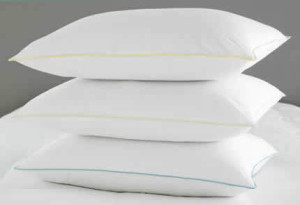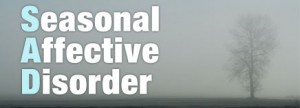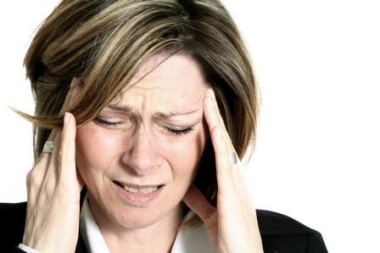Pillows impact the quality of our sleep – and sleeping on the wrong pillow can contribute to headaches, neck, should and lower back pain. Pillows are designed to keep the spine in a natural alignment. The human neck curves slightly forward and it’s important to maintain this curve when in a resting position.
According to the Canadian Chiropractic Association, 80 per cent of Canadians will suffer from back pain at some point in their lives, and sleeping with the proper pillow is a simple way to prevent problems.
A pillow should mold to one’s individual shape and alleviate any pressure points. If the height of the pillow is too high when sleeping the neck is bent forward or to the side, causing muscle strain on the back of the neck and shoulders.
Based on the body’s measurements, a pillow should maintain a height of 10 to 15 centimeters to properly supporting the head, neck and shoulders.
How do you know if you need a new pillow…the general rule is you need to replace your pillows every 12 to 18 months. Old pillows can contain skin cells, mold, fungus, and dust mites, which make up more than half of the pillow’s weight. Still not sure if you should be purchasing a new pillow? Fold your pillow in half and see if it unfolds, or pick up your pillow and place it on your hand, if it stays flat that’s good, however if the sides flop down, it’s time to purchase a new pillow.
Buying a new pillow: The goal of using a pillow is to keep your head in a ‘neutral alignment, so…
- If you sleep on your back, use a thinner pillow that’s not too firm or too high so that your head is not thrown too far forward. Back sleepers should use memory foam, because it molds to the head and neck’s curve.
- If you sleep on your side, use a firmer pillow, which will fill in the distance between the ear and the shoulder. Look for a firm or extra firm pillow that supports the space under your neck when lying down.
- If you’re a stomach sleeper, use a very thin, flat pillow. This sleep style isn’t recommended, because of the stress it places on the lower back.
Pillow options: The most common materials used in pillows are: down, feather, foam, polyester fiberfill, memory foam, latex and organic products such as buckwheat hulls.
- Goose down or feather pillows are long-lasting and excellent in terms of comfort
- Memory foam pillows conforms to your movements and distributes weight evenly
- Buckwheat hull and other organic pillows will remain cool throughout the night
Can’t find exactly what you need, try a pillow with a combination of material. Some memory-foam pillows are constructed with polyester microfibre to give the “feel” of a down pillow, but with extra shape to provide more support.
There is no perfect pillow for everyone; if the pillow feels comfortable, you’ll get a good night’s sleep, and sleep is the body’s chance to repair itself from the postural and physical demands of everyday.




 In Autumn, we observe nature withdrawing inward. We see leaves wither on the branch as the trees gather energy inward and down to the deep center and roots to protect and guard vitality, like a precious secret, throughout the winter months.
In Autumn, we observe nature withdrawing inward. We see leaves wither on the branch as the trees gather energy inward and down to the deep center and roots to protect and guard vitality, like a precious secret, throughout the winter months.
